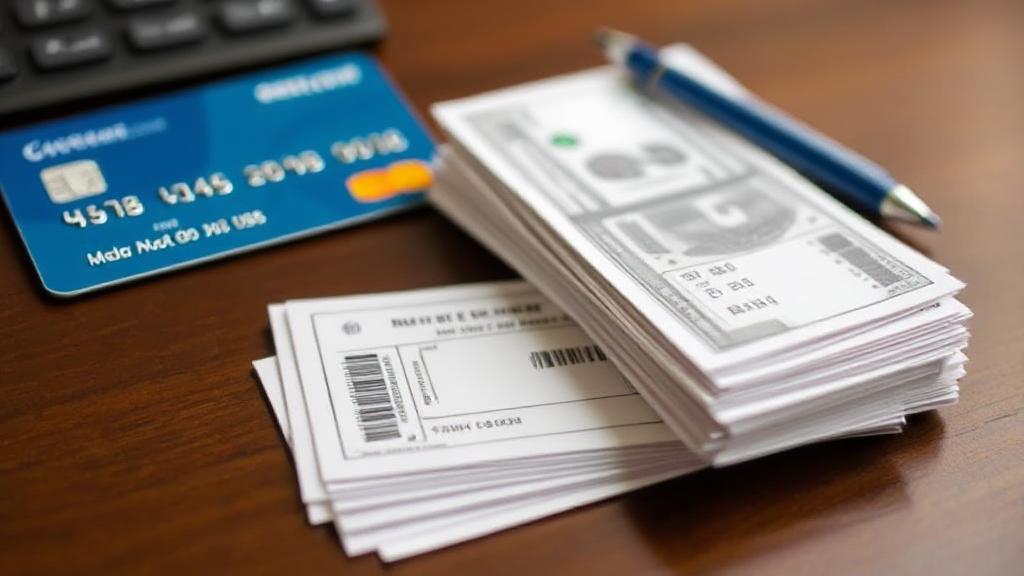Understanding the Basics
Most student loan servicers do not accept credit card payments directly. However, there are several workarounds available:
- Third-party payment services like Plastiq
- Balance transfer checks
- Cash advance options
How It Works
- Third-Party Services: Services like Plastiq charge a fee (usually around 2.85%) to process your credit card payment and send a check or electronic payment to your loan servicer.
- Balance Transfers: Some credit cards offer balance transfer options with low or 0% introductory APRs.
- Cash Advances: Though available, these typically include high fees and immediate interest charges.
Potential Benefits
Rewards and Cash Back
- Earn cashback rewards
- Accumulate travel miles
- Meet sign-up bonus requirements
- Offset some loan costs through rewards programs
Payment Flexibility
- Grace periods of 21-25 days
- Minimum payment options
- Emergency funding alternatives
- Consolidation of multiple payments into one
Significant Drawbacks
High Fees and Interest Rates
Warning: Credit card interest rates are typically much higher than student loan rates. Federal student loans average 3-7%, while credit card APRs often exceed 15%.
Processing Fees
- Plastiq: 2.85% per transaction
- Balance transfer fees: 3-5%
- Cash advance fees: 3-5% plus immediate interest
Loss of Federal Benefits
Converting federal student loans to credit card debt means losing:
- Income-driven repayment options
- Loan forgiveness opportunities
- Deferment and forbearance rights
- Tax deduction benefits
Tips for Safely Using a Credit Card
Calculate Total Costs
Before proceeding, calculate:
Risk Mitigation Strategies
- Calculate Costs: Ensure it's a financially sound decision
- Pay Off Quickly: Clear the balance before any introductory APR period ends
- Monitor Credit Utilization: Keep an eye on your credit utilization ratio
- Review Terms: Check your loan agreement and servicer policies
Alternative Solutions
Consider these options before using credit cards:
- Income-driven repayment plans
- Loan consolidation
- Refinancing with private lenders
- Part-time work or side gigs
- Employer student loan assistance programs
When It Might Make Sense
Consider using a credit card for student loan payments if:
- You have a 0% APR promotional offer
- The rewards outweigh the processing fees
- You can pay the full balance before interest accrues
- You're dealing with private loans with high interest rates
For more information on managing student loans, visit the Federal Student Aid website or consult with a financial advisor. Remember that while credit cards might offer short-term benefits or convenience, the risks often outweigh the rewards.
